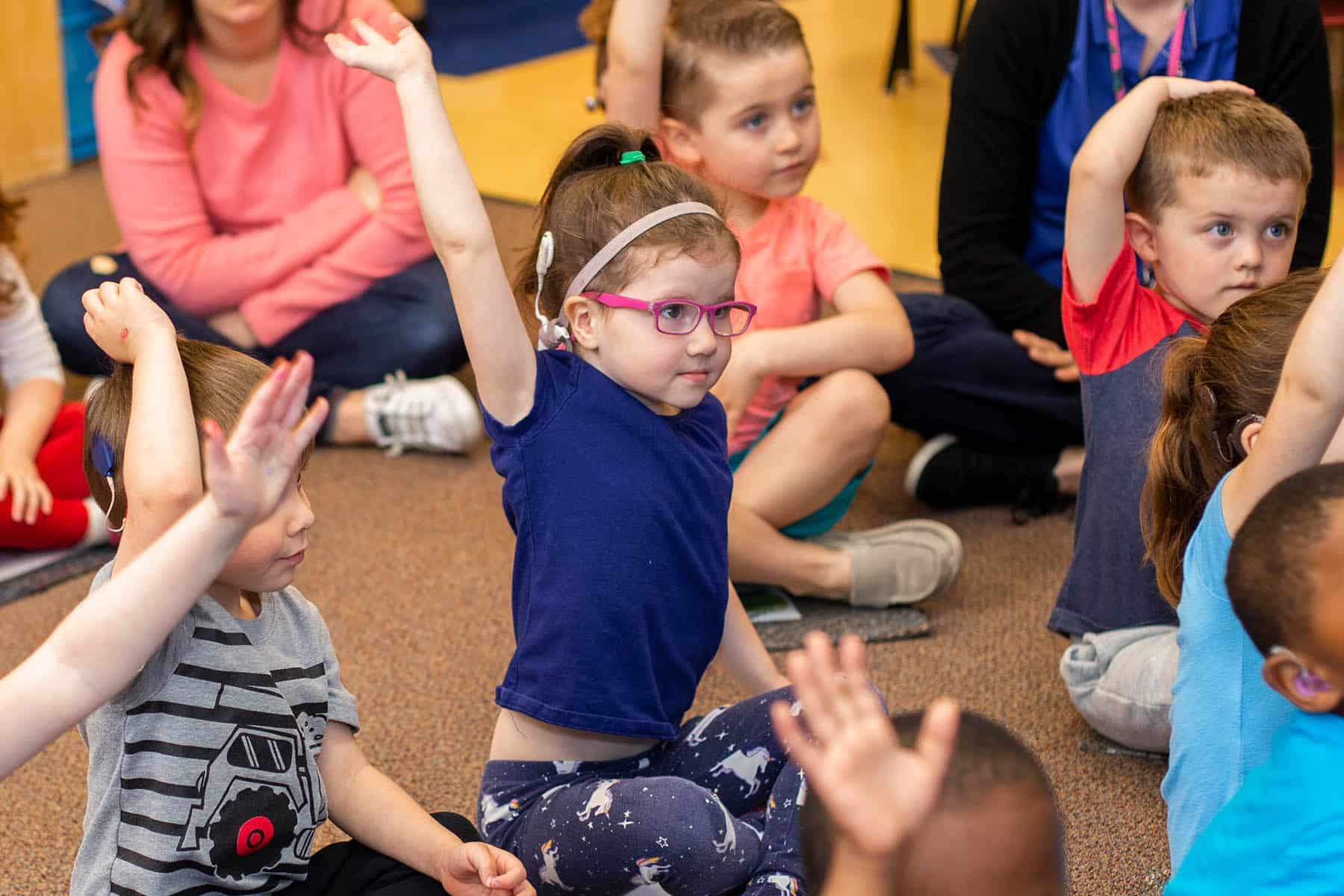Understanding and answering questions are essential skills many children with hearing loss find challenging. When teaching these skills, you’ll likely begin with basic WH questions, “Who,” “What,” and “Where” before you tackle the higher-level questions, “When,” “Why,” and “How.” These simple questions are the easiest to understand and master because you can use visual cues, such as a picture or an object, to prompt an answer.
Using visual and other cues, you can support the development of understanding and asking questions with several strategies.
- Work on one question type at a time. Make sure the child understands and masters answering one question type before moving on to a second type. This will reduce confusion.
- Make a poster for each wh-question to use as a visual cue. Explicitly teach that “Who” questions are answered with a person, “What” questions are answered with a thing or animal, and “Where” questions require a response that indicates a place. Cut pictures from magazines to add to each poster.
- Color-code the question type on posters to help with carryover of skills into written language. When making a class book or writing sentences on the whiteboard, be consistent with the colors for each wh-question. Share this system with parents, too.
- Make sure to teach the language needed to respond to each question type. For example, when teaching how to respond to “Where” questions, you can also teach prepositions behind, in, under, and next to.
- In the beginning, ask questions requiring responses that use concrete objects and familiar people. Objects to show the child as well as pictures of family and friends will help ensure understanding and can help prompt language if needed.
- If prompting is needed, repeat the question and have the child answer it again. The repetition will help solidify learning.
- Acoustically highlight the WH question word. The questions sound similar, so calling attention to the question type may be all that is needed.
Being consistent and using repetition are key for these strategies. With time, your student with hearing loss will be able to move on to the next question: when will we learn more questions?!

Jennifer Manley was a teacher of the deaf and associate coordinator of the Emerson Center for Professional Development at Central Institute for the Deaf- CID. Ms. Manley is co-author of the CID SPICE for Life auditory learning curriculum and author of the 2nd Edition CID SPICE auditory training curriculum.












